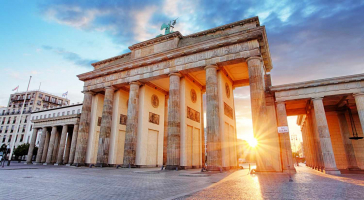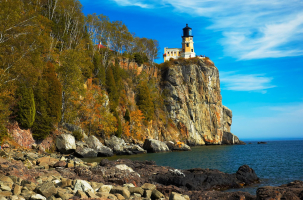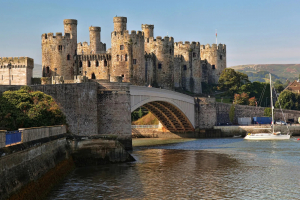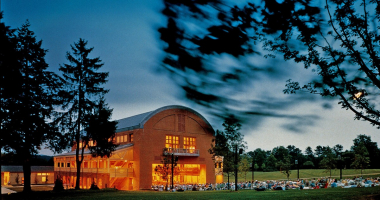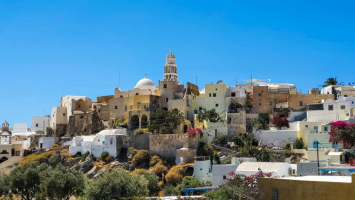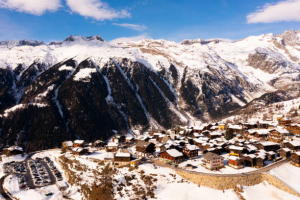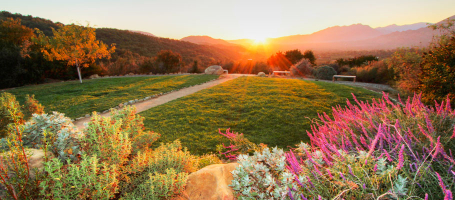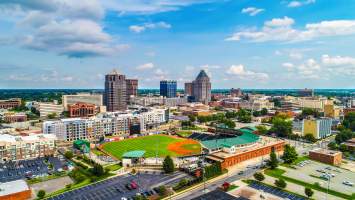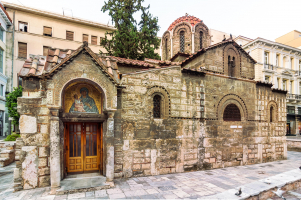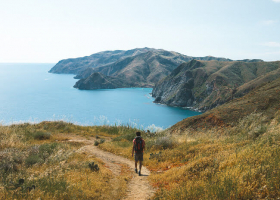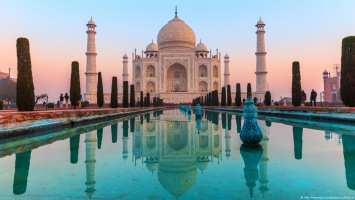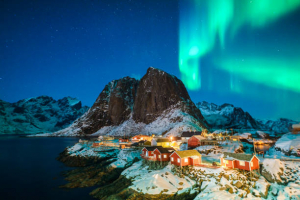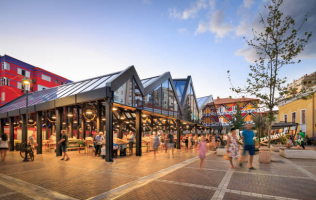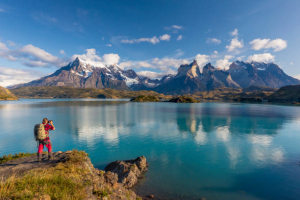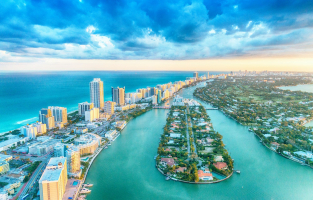Top 5 Best Things To Do In Croatia
Croatia, a small country bordering the Adriatic Sea in Central Europe, is home to interesting historic buildings, great beaches, and fresh seafood. Whether you ... read more...are in Split, Zagreb, Sibenik, or Dubrovnik, you will never have to wonder what to do in Croatia because there are countless ways to experience the magic of this amazing country. Nature and outdoor lovers come to Croatia to enjoy its beautiful beaches, caves, waterfalls, mountains, and lakes. Here are the 5 best things to do in Croatia that Toplist would like to introduce to readers.
-
Wandering the charming old town of Dubrovnik, with its labyrinth of alleyways and recognizable red-roofed buildings, is one of the best things to do in Croatia. It is simple to understand why this historic city dubbed the "Pearl of the Adriatic", the old town of Dubrovnik is swiftly rising to the top of the list of Croatia's top tourist destinations.
Although Dubrovnik's old town was established in the seventh century, it did not truly begin to flourish until the thirteenth, and it did not achieve its apogee until the fifteenth and sixteenth centuries. Its buildings display a fusion of medieval, Gothic, Renaissance, and Baroque architectural styles.
You may find cathedrals, towers, cafés along pedestrian-only streets, polished marble floors, fountains spilling from the mouth of the cliff, and more in the old town from the perspective. The oddity is that there are no cars in the quaint city or the narrow lanes that flank the main thoroughfares; instead, it is full of eateries, boutiques, historic homes, and picture opportunities.
Despite being listed on the UNESCO World Heritage List in 1979, the region was nevertheless damaged during the Balkans conflict in the 1990s. The International Criminal Court found a commander of the Yugoslav People's Army guilty of war crimes for his actions during the siege of Dubrovnik and the demolition of historically significant structures in the old town. UNESCO made great efforts to aid in the restoration of this historic landmark after the war.
In sum, by exploring the charming old town of Dubrovnik, visitors can:
- See the alleys and red-roofed buildings dubbed the “Pearl of the Adriatic Sea”
- Witness its buildings exhibit a combination of medieval, Gothic, Renaissance, and Baroque architectural styles.
- Find cathedrals, towers, and cafes along the pedestrian-only streets.
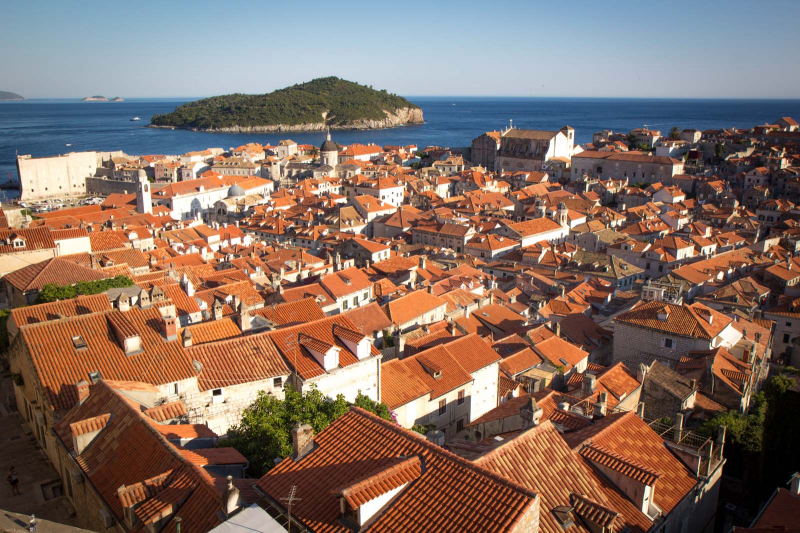
timetravelturtle.com 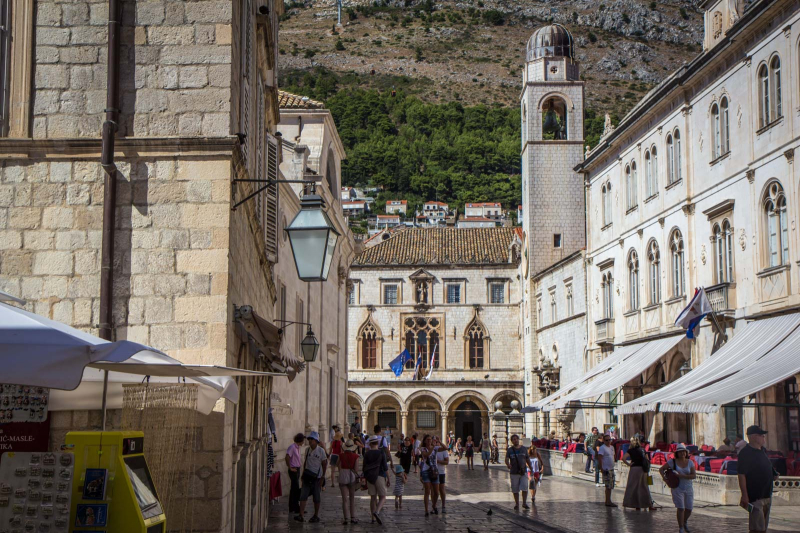
timetravelturtle.com -
One of the greatest surviving Roman structures from antiquity is Diocletian's Palace, renowned as a sizable Roman complex in Split.
Between 295 and 305 AD, Roman Emperor Diocletian, one of the most successful Roman rulers, erected this palace. In AD 284, he took the throne of Rome and governed it for 21 years. Ten years before his abdication, work on the construction of a palace in Split began. Diocletian chose a scenic spot between the hills of Marjan and Gripe to build the palace.
The palace was constructed on a peninsula 6 km southwest of Salona, the ancient capital of Dalmatia, one of the major towns of the past empire, and the spot where Diocletian was born. Salona had 60,000 residents at the time the palace was constructed. The area surrounding Salona is generally karst which is found in the cracks between low karst hills that run east to west and gradually drop into the sea. The palace's ruins may now be seen in Split's old town, which was named a UNESCO World Heritage Site in 1979.
The palace's floor design is an asymmetrical rectangle with sixteen towers sticking out from the west, north, and east facades on the land-facing facades. The palace has four turrets at each corner of the square, which gives it the appearance of a legionary castle like those on the Danube.
In a nutshell, visiting the huge Diocletian Palace in Split:
- One of the greatest Roman structures left from antiquity.
- Built between 295 and 305 AD by Roman Emperor Diocletian on a peninsula 6 km southwest of Salona
- The plan design of the palace is an asymmetrical rectangle with sixteen towers protruding from the west, north, and east facades on the land-facing facades.
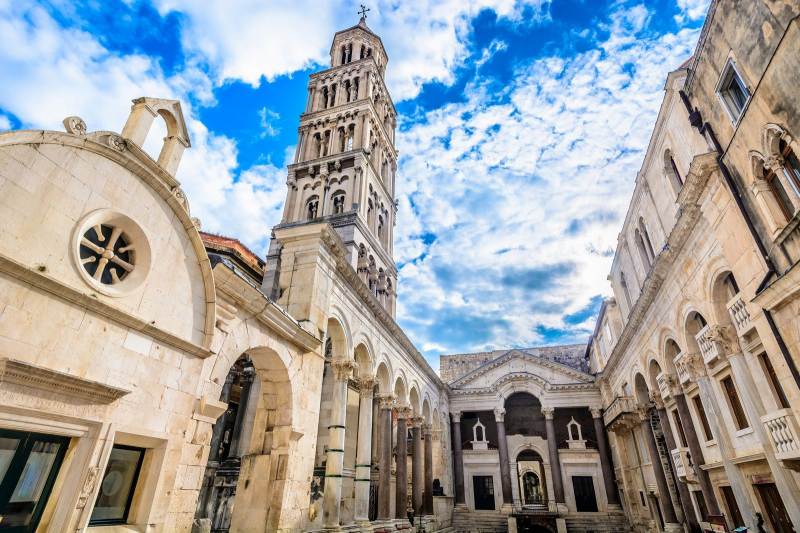
vipholidaybooker.com ILoveThisPlace -
Visitors can take part in a variety of activities and events while in Zagreb, such as a book fair, a football festival, a film festival, or an exhibition by a well-known artist. However, to escape Croatia's crowded and loud streets and enjoy the quiet space, visitors should go to Medvednica, a tiny mountain on the outskirts of town, about a 30-minute drive from the center. This is one of the most breathtaking locations to visit in Zagreb if you are seeking exciting things to do in Croatia.
Sljeme, the mountain's highest summit, is 1,035 meters high and is part of the Medvednica mountain range in central Croatia, north of Zagreb. Sljeme is one of the most well-liked locations for a genuinely peaceful retreat close to Zagreb, where inhabitants prefer to spend weekend afternoons in nature, taking part in mountain climbing, hiking, running, or cycling excursions. Due to outstanding beauty, rich cultural and natural history, geology, rare and unusual plant species, and diverse wildlife, the majority of Mount Medvednica has been designated as a natural park.
The Medvednica Nature Park is home to a variety of fascinating attractions and instructional pathways, some of which are accessible to wheelchair users and families with young children. The Bistra Instructional Path, the 500 Horvat Stairs, and the Bliznec Forest Path are a few of the most well-liked educational routes. A writer and supporter of the Medvednica mountain, Vladimir Horvat constructed the 500-stone step route in the middle of the 20th century. When visiting Medvednica, tourists will go up these stairs through various karst limestone terrains, little dark tunnels, and large sinkholes.
In brief, enjoying the quiet space in Medvednica:
- To escape the crowds and noise of the Croatian streets and enjoy the quiet in a small mountain on the outskirts of town, about a 30-minute drive from the center.
- Sljeme, the mountain's highest peak, is one of the best-loved spots for a truly peaceful retreat where trekking, hiking, jogging, or cycling excursions are taken.
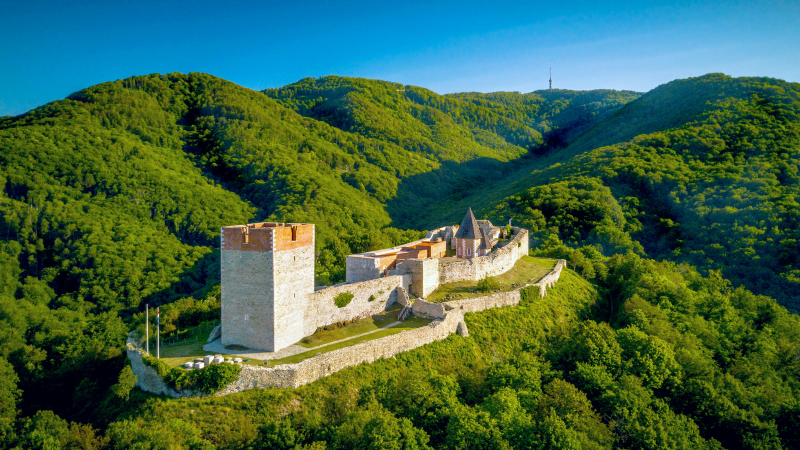
planetofhotels.com Ivana Gucek -
Travelers often overlook Zagreb when planning their trip, which is why they miss out on one of the best things to do in Croatia.
Zagreb is a city renowned for its historical sites, culture, and tourist attractions, as well as for hosting successful corporate events and meetings. This city offers countless activities to do in Croatia, the best of which is experiencing its thriving cuisine. If you are seeking a taste of modern cuisine, quick food, a candy store, or a café to savor unique flavors and smells, there are numerous places to choose from in central Zagreb. You will discover a variety of elegant meals here, from the well-known traditional foods and desserts of Zagreb and the surrounding countryside to the culinary delights of other Croatian regions, as well as a wide range of restaurants serving food from across the world.
For an ideal spot to dine, head to Tkalciceva Street - Zagreb's main hub with restaurants, cafes, and casual nightlife with dozens of places where you will find something to your liking. This is one of Zagreb's top spots for daily meetups and daily chats. Tourists can enjoy strolling down the 800-meter paved route where there are a ton of fantastic eateries and pubs where you can have a meal, coffee, or beverage.
In short, by experiencing Zagreb’s thriving cuisine, guests can:
- Seek out a taste of modern cuisine or a café for a unique taste.
- Discover a variety of meals from desserts, and traditional Zagreb dishes to delicious dishes from other regions of Croatia, as well as food from around the world.
- For the perfect spot to dine, head to Tkalciceva Street - Zagreb's main hub for daily meetings and conversations.
JayWay Travel Tom Hall -
Masquerade, sometimes referred to as Croatia Carnival, is one of the most well-liked carnivals in Croatia that takes place every February, and during the off-season. The spirit of Masquerade is shared by people of all ages from every province, city, and hamlet in the nation. It is a tradition that goes way back in time when people wore ferocious masks to drive away evil forces. Hence, attending this carnival is considered one of the greatest ways to enjoy one of Croatia's centuries-old customs.
This carnival is popular all over Croatia. Every city and small town has its own carnival, which often consists of a variety of smaller activities including parades, musical performances, kid-friendly shows, and mask-making competitions. Therefore, you could think about going to Croatia during the annual masquerade season to take in the numerous Festival activities and parades that are hosted all around the nation.
Visitors can visit some of the incredible Carnival destinations in Croatia such as Samobor, Opatija, and Rijeka. Among them, Rijeka is the most popular and largest festival venue in Croatia. Rijeka's carnival dates back to medieval times and is considered part of Rijeka's culture, and the people of Rijeka call it the "fifth season" of the year. During the opening ceremony of the Masquerade Festival, the owner of the Masquerade festival is given a key symbolizing the city, whereby the owner becomes the mayor of the city with special powers in organizing events. Additionally, what makes Rijeka carnival so unique is that it is an international parade filled with entertainment events of a cultural, traditional, and sporting nature.
In a nutshell, experiencing the Masquerade festival:
- It is an ancient tradition when people wear ferocious masks to ward off evil forces.
- Takes place every February and during the off-season.
- Participated by people of all ages from every province, city, and village in the country.
- Includes a variety of activities such as parades, musical performances, children's shows, and mask-making contests.
- Visitors can visit several Carnival destinations in Croatia such as Samobor, Opatija, and Rijeka, of which Rijeka is the site of the most famous and largest carnival.
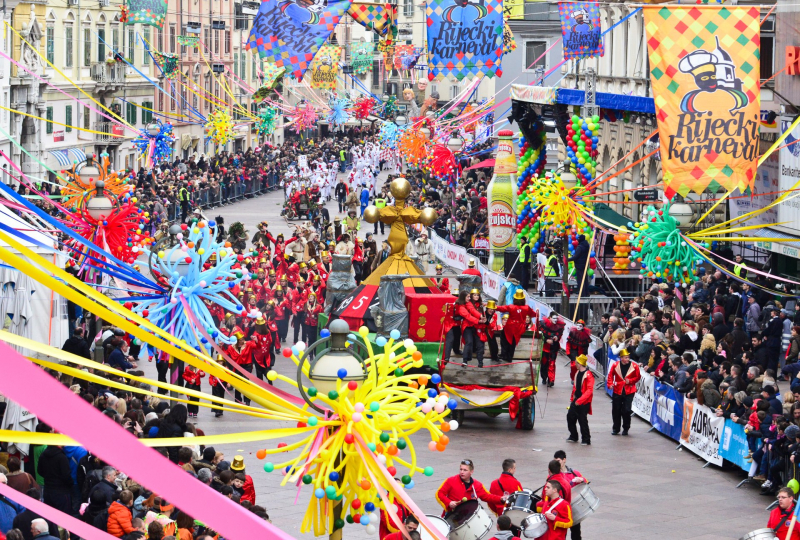
images.rove.me Rajko Mrvos - ZooM studio







